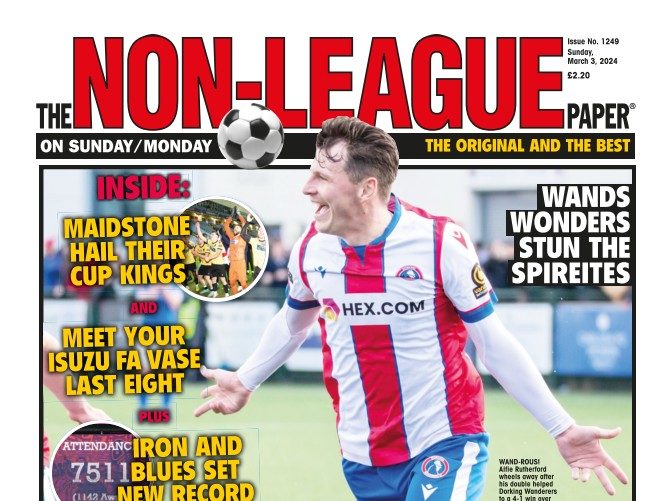The world of professional football is often characterized by significant financial disparities, with clubs in England's lower leagues facing unique challenges in generating revenue and maintaining financial stability. Unlike their counterparts in the Premier League, lower league clubs often operate with limited resources and rely on a variety of income streams to survive. This article delves into the financial strategies employed by lower league clubs in England, exploring the various sources of revenue that contribute to their sustainability.
Navigating the Financial Landscape: Key Revenue Streams for Lower League Clubs
Lower league clubs in England face the daunting task of balancing expenses, including player salaries, stadium maintenance, and operational costs, with their revenue streams. While matchday revenue remains a significant source of income, clubs have diversified their financial strategies to ensure long-term sustainability. Here's an overview of the key revenue streams for lower league clubs:
- Matchday Revenue: Ticket sales and hospitality services associated with home matches remain a crucial source of income for lower league clubs. For instance, in the 2021-2022 season, the average attendance for a League Two match was 4,294, generating an average matchday revenue of £123,328 per club.
- Television Rights: Lower league clubs receive a portion of the television revenue generated by the English Football League (EFL). In the 2022-2023 season, the total television revenue for the EFL was £182.5 million, with clubs in League One receiving £6.6 million each and clubs in League Two receiving £3.6 million each.
- Commercial Sponsorships: Partnerships with local businesses and organizations provide valuable sponsorship revenue for lower league clubs. For example, in the 2021-2022 season, the average sponsorship revenue for a League Two club was £1.3 million.
- Merchandising and Retail: Clubs generate income through the sale of merchandise, including replica kits, scarves, and other team-branded items. In the 2021-2022 season, the average merchandising revenue for a League Two club was £0.7 million.
- Community Engagement: Clubs often engage in community initiatives and events, generating revenue through sponsorships, ticket sales, and merchandise sales. For instance, Tranmere Rovers FC partnered with the Wirral Borough Council to deliver a football coaching program for local schools, generating revenue through sponsorship from local businesses.
- Player Sales: While not a sustainable long-term strategy, the sale of talented players can provide a significant financial boost for lower league clubs. For example, in 2019, Luton Town FC sold midfielder Ollie Watkins to Brentford FC for £1.7 million, which helped the club invest in its youth academy.
Note on the last paragraph. Perhaps it was this investment that allowed Luton to break into the Premier League over the next few years. If you care about Luton and on top of that you like sports betting, you can bet on the results of this team's matches at bukmekerlik Mostbet.
Diversifying Revenue Streams: Exploring Alternative Income Sources
In addition to the traditional revenue streams mentioned above, lower league clubs are constantly exploring alternative income sources to diversify their financial portfolio. These innovative approaches can help clubs reduce their reliance on matchday revenue and ensure greater financial stability. Some examples of alternative income sources include:
- Ground Rentals: Lower league clubs may rent out their stadiums or facilities for non-football events, such as concerts, conferences, or corporate gatherings. For instance, Crawley Town FC rented out its stadium to host a summer music festival, generating additional revenue for the club.
- Hospitality and Events: Clubs can generate revenue by hosting hospitality events at their stadiums, such as weddings, banquets, or corporate receptions. For example, Forest Green Rovers FC has a dedicated hospitality suite that can be rented for various events, generating revenue for the club.
- Fundraising Initiatives: Clubs often organize fundraising campaigns, such as raffles, auctions, or charity dinners, to generate additional income. For instance, Exeter City FC held a charity dinner that raised over £10,000 for a local hospital.
- Community Development Programs: Clubs can partner with local organizations to deliver community development programs, attracting funding and generating positive publicity. For example, Colchester United FC partnered with the Essex County Council to deliver a football coaching program for disadvantaged youth, generating revenue from grants and donations.
Overall, lower league clubs in England are demonstrating a remarkable ability to adapt and innovate in the face of financial challenges. By diversifying their revenue streams, engaging with their communities, and embracing new technologies, these clubs are ensuring their long-term sustainability and playing a crucial role in maintaining the vibrancy of the English football pyramid.




















